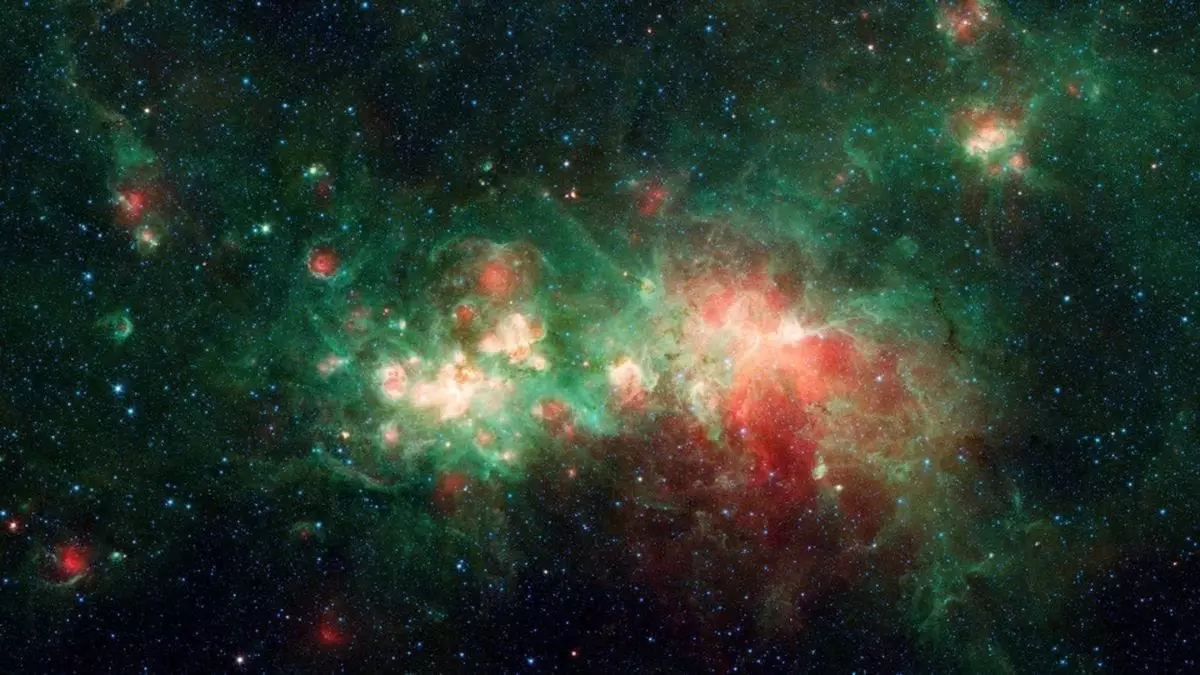Recent investigations into the cosmos reveal a richer tapestry of cosmic evolution than previously understood. A research team, spearheaded by Joshua Kim and Mathew Madhavacheril from the University of Pennsylvania, alongside experts from the Lawrence Berkeley National Laboratory, explored data from significant cosmic surveys. Their findings suggest subtle inconsistencies in the formation and clustering of cosmic structures, particularly over the past four billion years. This new perspective, published in the Journal of Cosmology and Astroparticle Physics and shared on the preprint server arXiv, speaks to the pressing questions regarding our universe’s unfolding narrative.
The research leverages data from two powerful observational tools: the Atacama Cosmology Telescope (ACT) and the Dark Energy Spectroscopic Instrument (DESI). The ACT focuses on cosmic microwave background (CMB) lensing, capturing faint emissions that emerged approximately 380,000 years post-Big Bang, thus offering a glimpse at early universe conditions. Conversely, DESI provides a three-dimensional mapping of luminous red galaxies (LRGs), essential for analyzing the spatial distribution of galaxies and understanding the evolution of cosmic structures in more recent epochs. By integrating these two datasets, researchers have endeavored to construct a nuanced portrait of the universe’s developmental journey.
A core revelation from this research is the identification of a potential deviation in the expected clumpiness of cosmic matter, assessed through the metric known as Sigma 8 (σ8). A lower-than-expected σ8 value implies that cosmic matter has clustered in a manner that diverges from established models rooted in early-universe physics. Mathew Madhavacheril emphasizes that while the findings predominantly support Einstein’s gravitational theories, this intriguing anomaly prompts further contemplation. At this point, the discrepancy lacks the statistical power to claim a definitive breakthrough into new physics but highlights fertile ground for future inquiry.
One intriguing hypothesis revolves around the enigmatic influence of dark energy, a pervasive force believed to drive the acceleration of the universe’s expansion. This peculiar factor may be impacting cosmic structure formation in ways that current models do not fully account for, intriguing scientists who seek a deeper understanding of these expansive forces. The findings provoke essential questions: Could dark energy’s role be more complex than previously assumed? Might our standard models be missing critical elements that contribute to the fundamental makeup of the universe?
The academic community is eager for advancements in observational technology to elucidate these cosmic questions. Future efforts, particularly through powerful instruments like the Simons Observatory, aim to refine measurements and potentially clarify the underlying mechanisms governing cosmic evolution. Whether the discrepancies observed are mere statistical anomalies or point to new, uncharted areas of physics remains a tantalizing possibility. Researchers are committed to gathering further data, forging ahead in their quest to decode the universe’s complex history and evolution. Ultimately, this exploration may lead to groundbreaking insights that reshape our understanding of cosmic evolution, illuminating the intricate connections between the universe’s past, present, and future.

